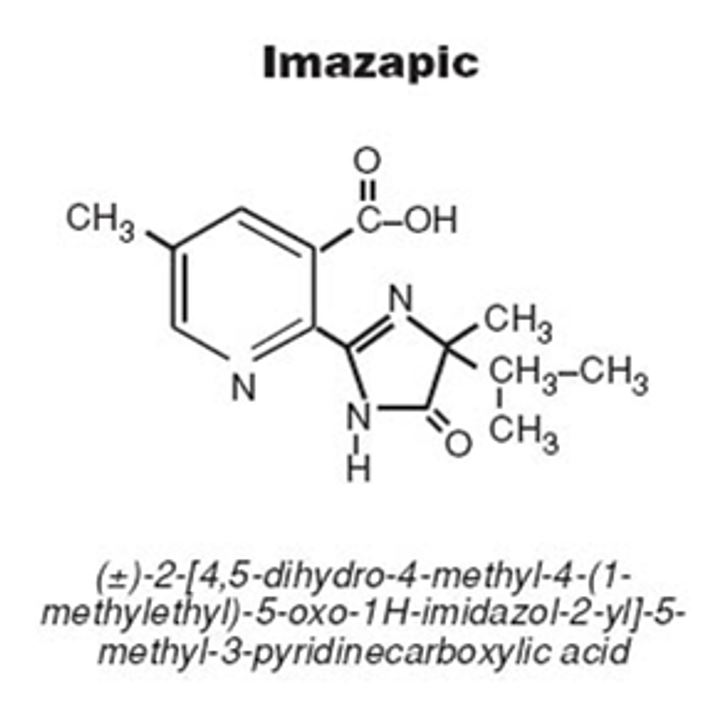ABSTRACT
In the plantation of sugarcane, Imazapic has used pre- or post-emergence, alone or in combination with other herbicides. When applied to the soil in pre-emergence, Imazapic can undergo the sorption, leaching and/or degradation processes due to physical, chemical and biological effects, besides being absorbed by weeds. The objective of this work was to evaluate the interaction and mobility of the Imazapic herbicide in the soil where the soil columns with a dystrophic Yellow Ultisol (YUd) and a dystrophic Red-Yellow Oxisol (RYOd) from northeastern Brazil were used. The higher adsorption potential of the RYOd is associated with higher clay content, higher Fed and Feo concentrations, and soil acidic pH. The CDE – 2 sorption sites model adequately represented the experimental data from the Imazapic breakthrough curves to the RYOd and YUd soils. From the Kd partition coefficients for RYOd and YUd, high values of the GUS index (5.94 and 7.04, respectively) were calculated, confirming the high leaching potential of the Imazapic molecule in these soils.
Keywords:
Soil columns; Contamination; Imazapic; Interaction and leaching

 Thumbnail
Thumbnail
 Thumbnail
Thumbnail
 Thumbnail
Thumbnail
 Thumbnail
Thumbnail
 Thumbnail
Thumbnail




